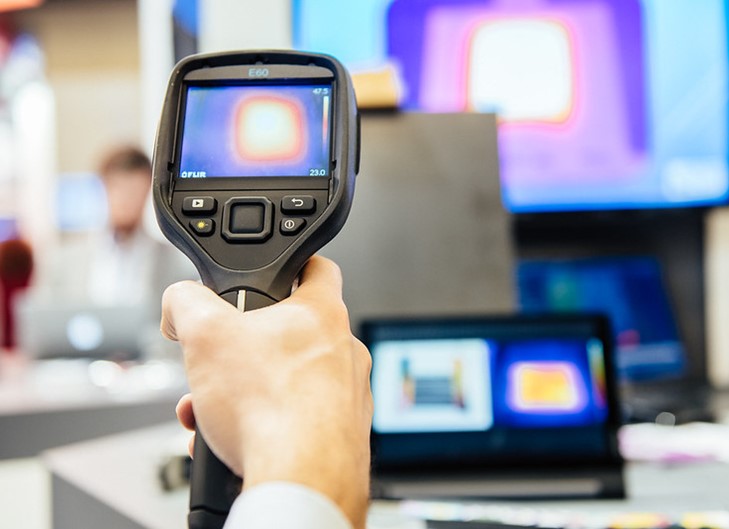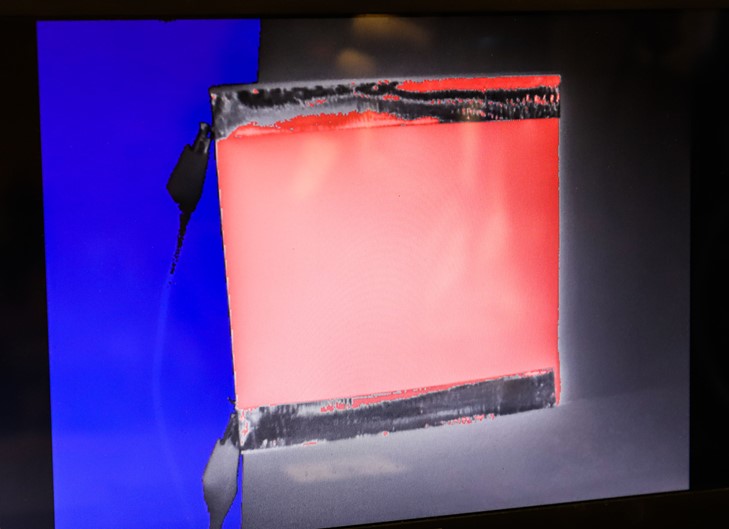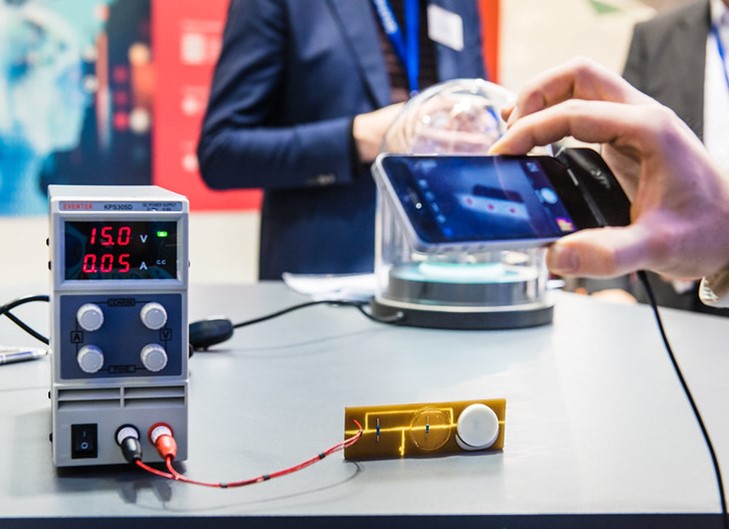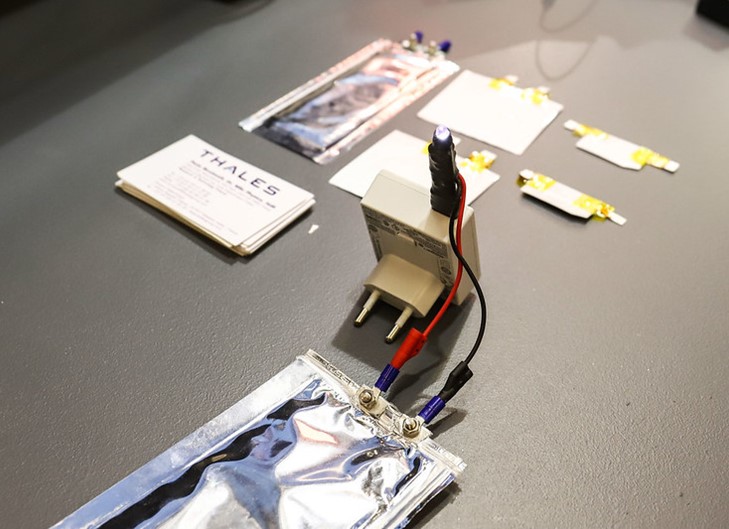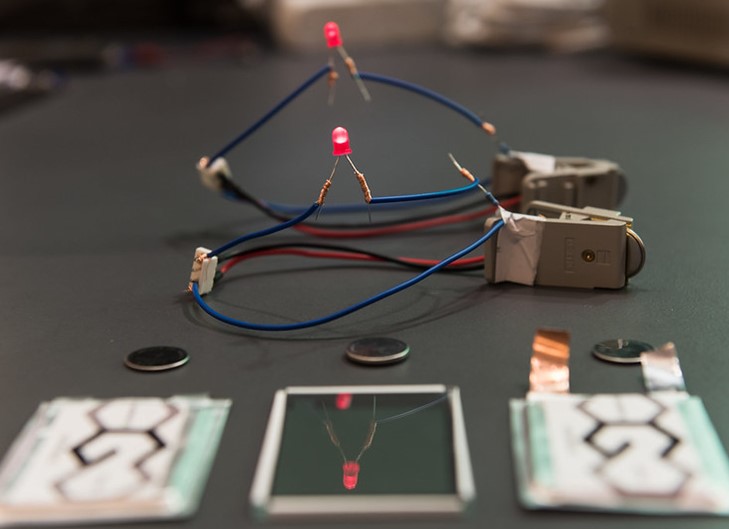Energy

Graphene for energy applications
As the global population expands, the demand for energy production and storage constantly increases. Graphene and related materials (GRMs), with their high surface area, large electrical conductivity, light weight nature, chemical stability and high mechanical flexibility have a key role to play in meeting this demand in both energy generation and storage.
Solar cells, batteries, super capacitors, hydrogen storage and fuel cells are all areas where GRMs can make a difference. These could be used to produce unique, new devices or integrate into current devices to boost their performance. For example, activated graphene enables super capacitors for energy storage and also increases their lifespan, energy capacity and charge rate for lithium ion batteries. For energy generation, GRMs, such as molybdenum disulphide, can be used to extend the lifetime of perovskite solar cells.
The latest on energy applications

European Innovators Launch GRAPHERGIA Project to Revolutionize Energy Harvesting in Textiles and Battery Technology
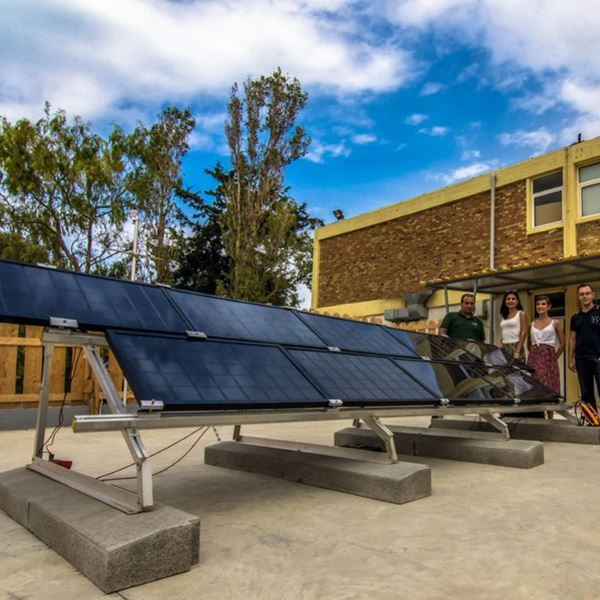
Life cycle assessment of graphene and related materials-1
Graphene can be produced using a range of methods, but what are the most sustainable options? To answer this question, Graphene Flagship researchers published three studies related to the sustainable production of graphene related materials and their life cycle assessment – the best tool to evaluate the environmental footprint of a product or material.
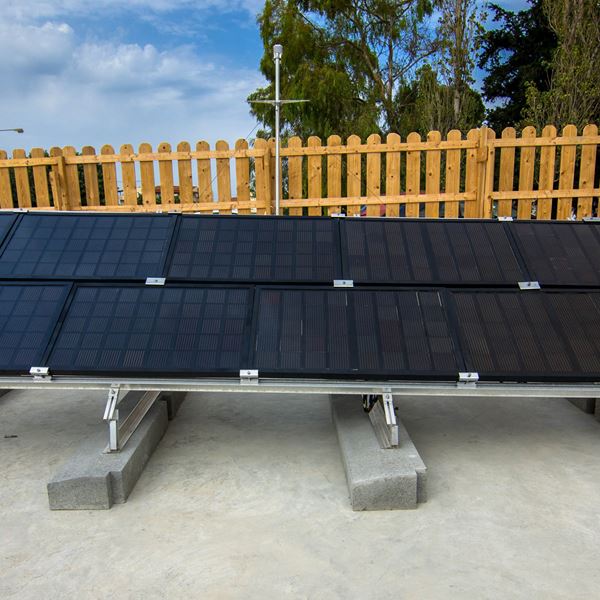
Materials of the future - Graphene and perovskites
Making progress in photovoltaics
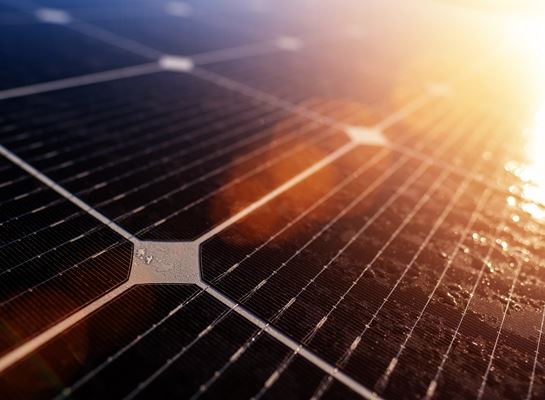
Graphene Flagship to showcase innovations at Enlit Europe
The Graphene Flagship will exhibit exciting graphene applications for the energy sector at Enlit Europe, from 29 November to 1 December 2022 in Frankfurt.
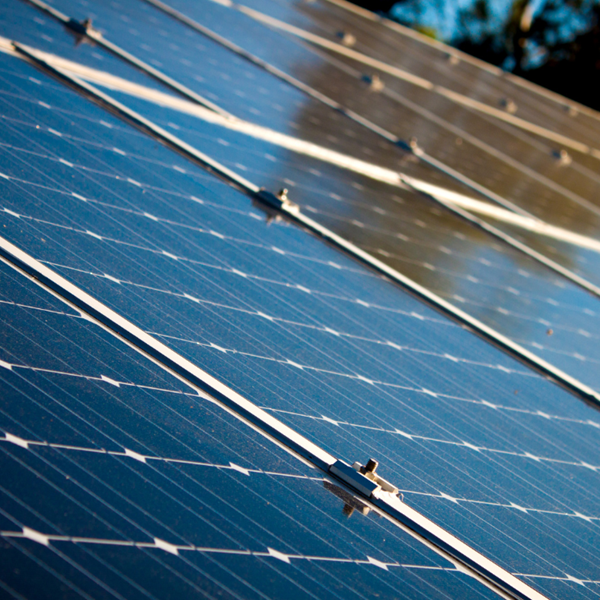
Graphene applications: GRAPES
The next generation of solar power is just around the corner. the solar cells created by the Graphene Flagship's GRAPES Spearhead Project are a unique fusion of silicon and perovskite technologies, enhanced by graphene.
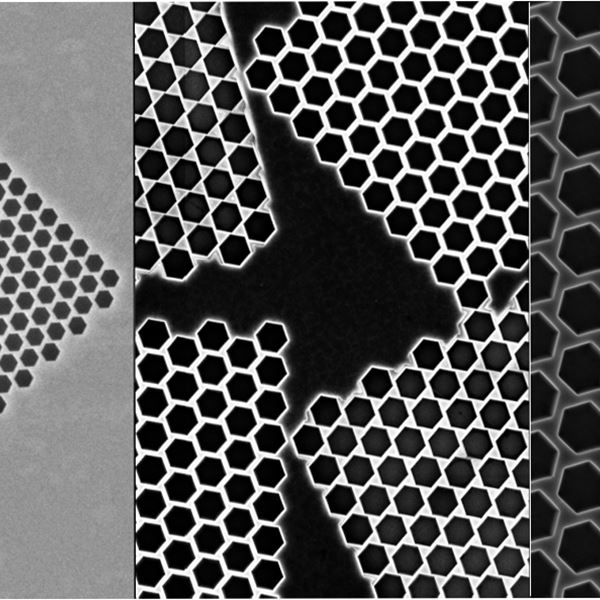
SMENA Catalysis AB develops layered materials with bespoke edges for gas sensing and hydrogen catalysis
The Swedish spin off pioneers a technology to control edges in transition metal dichalcogenides with close-to-atomic precision


